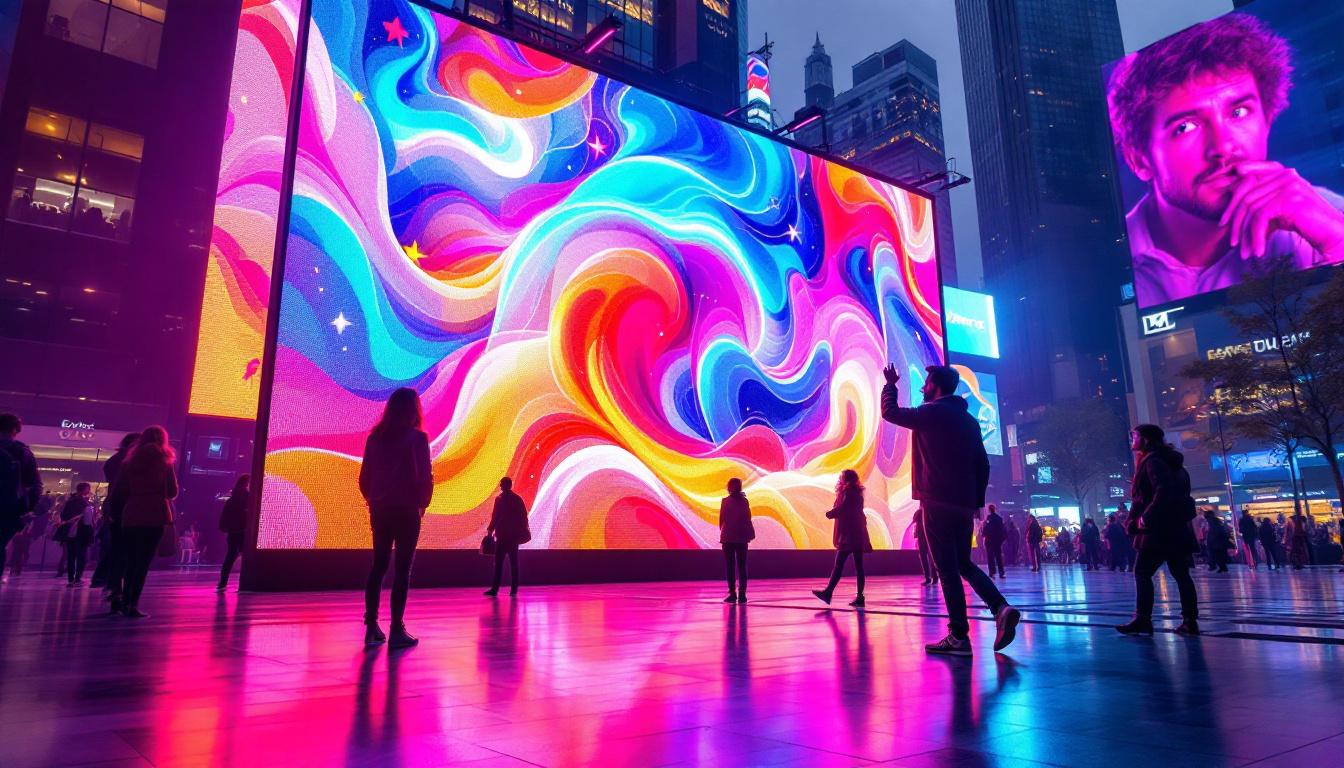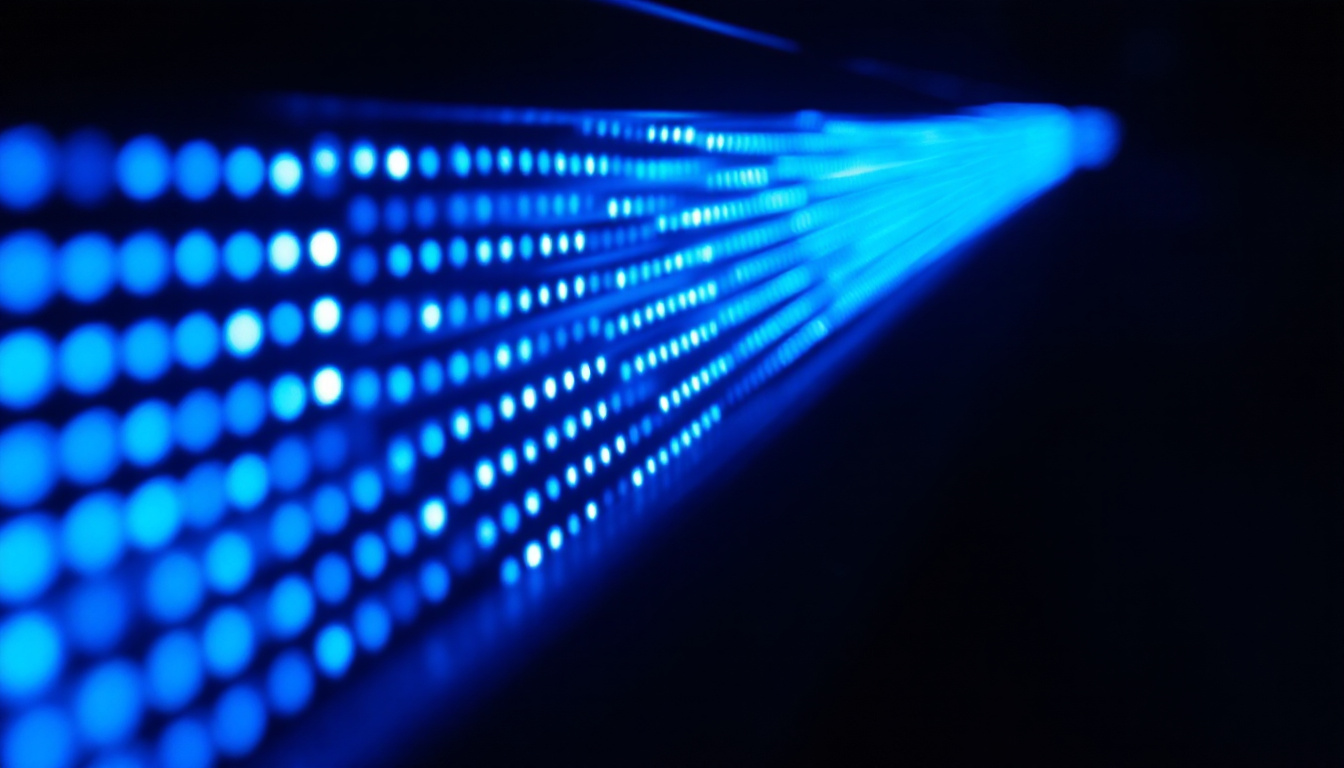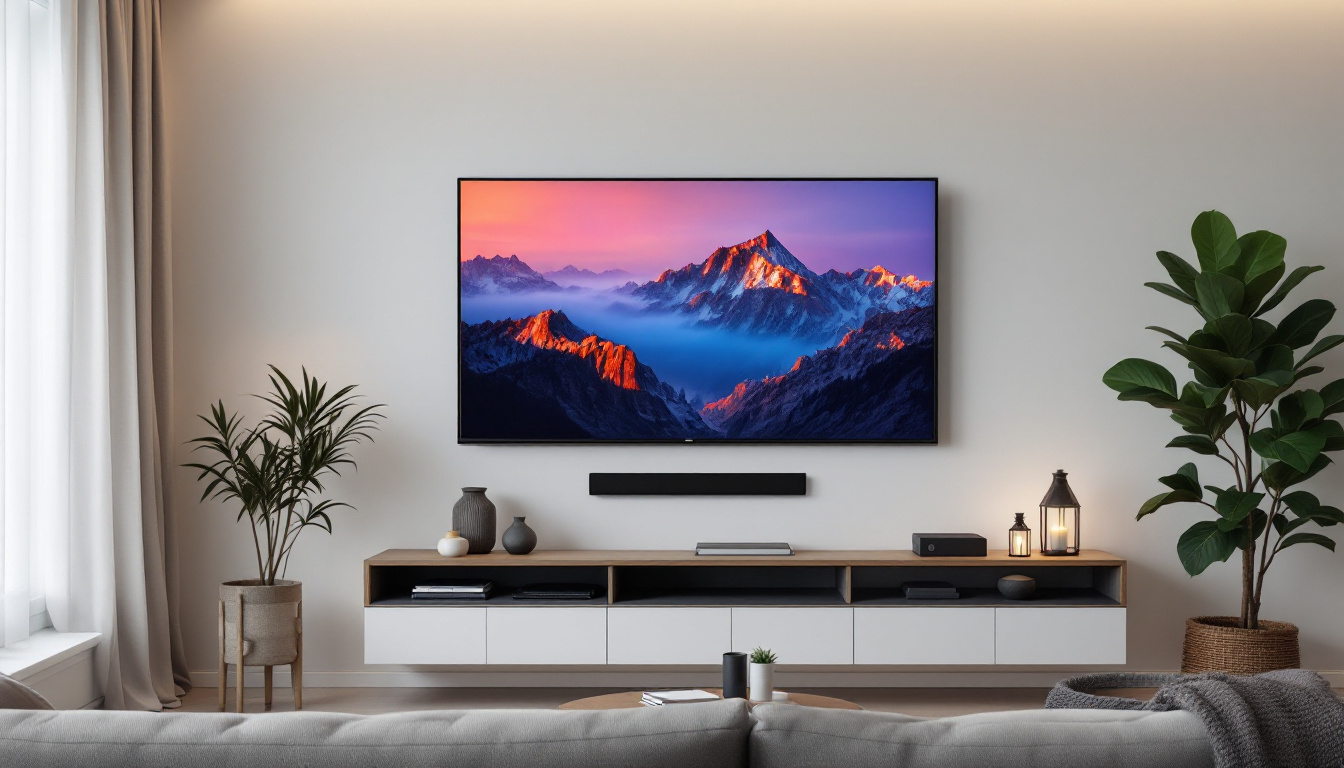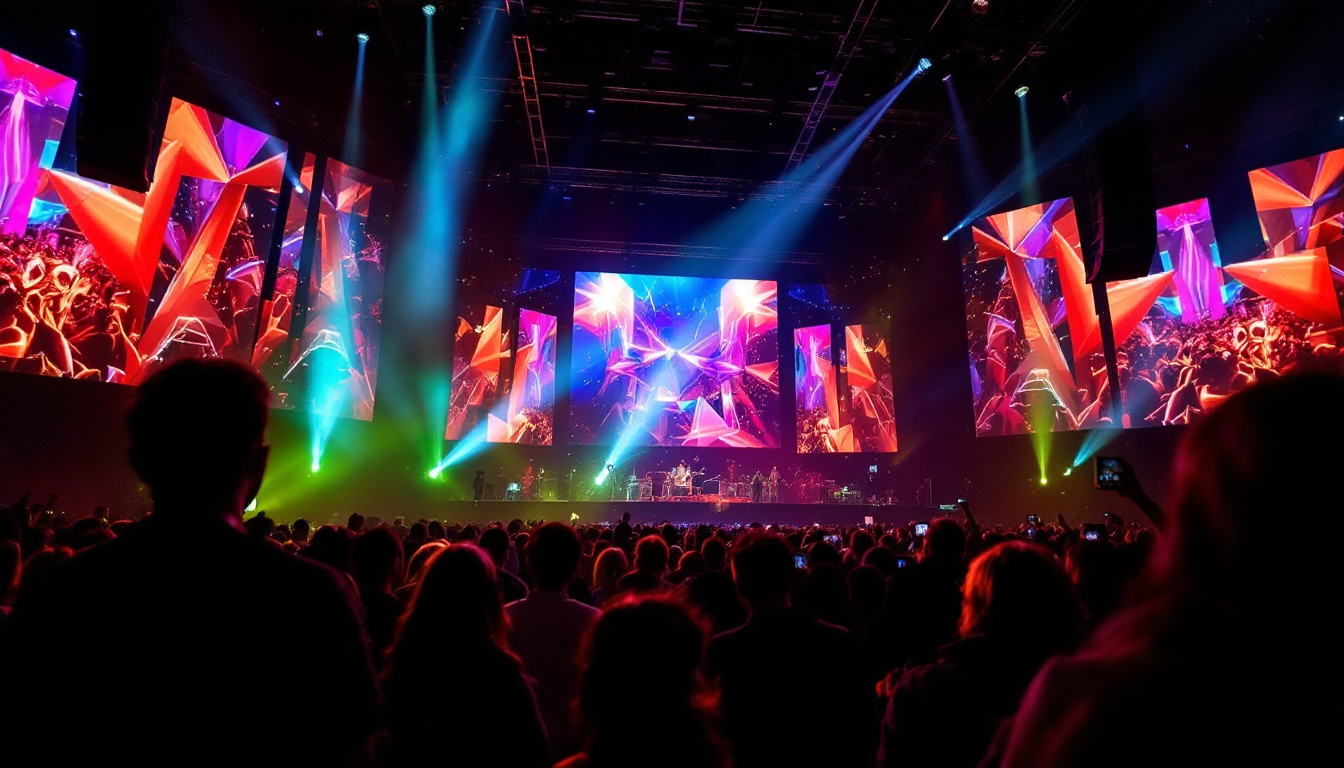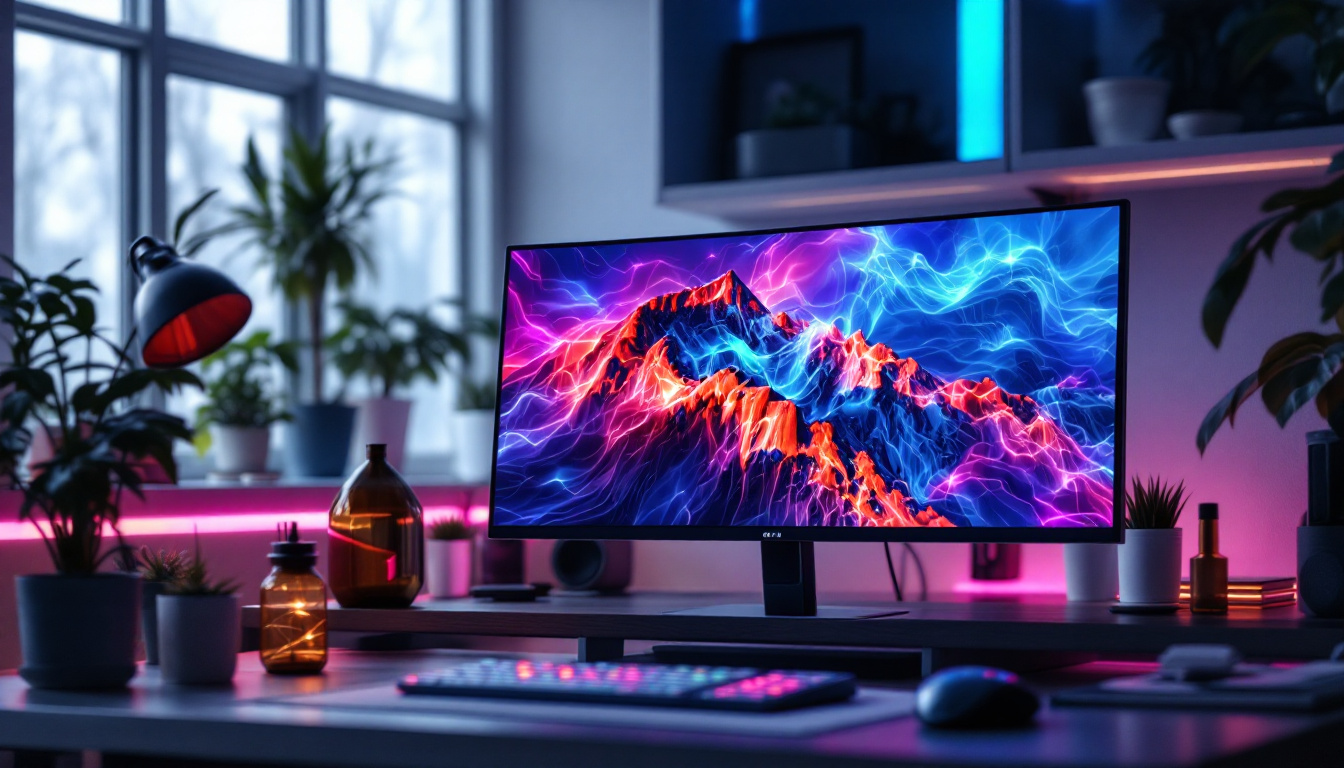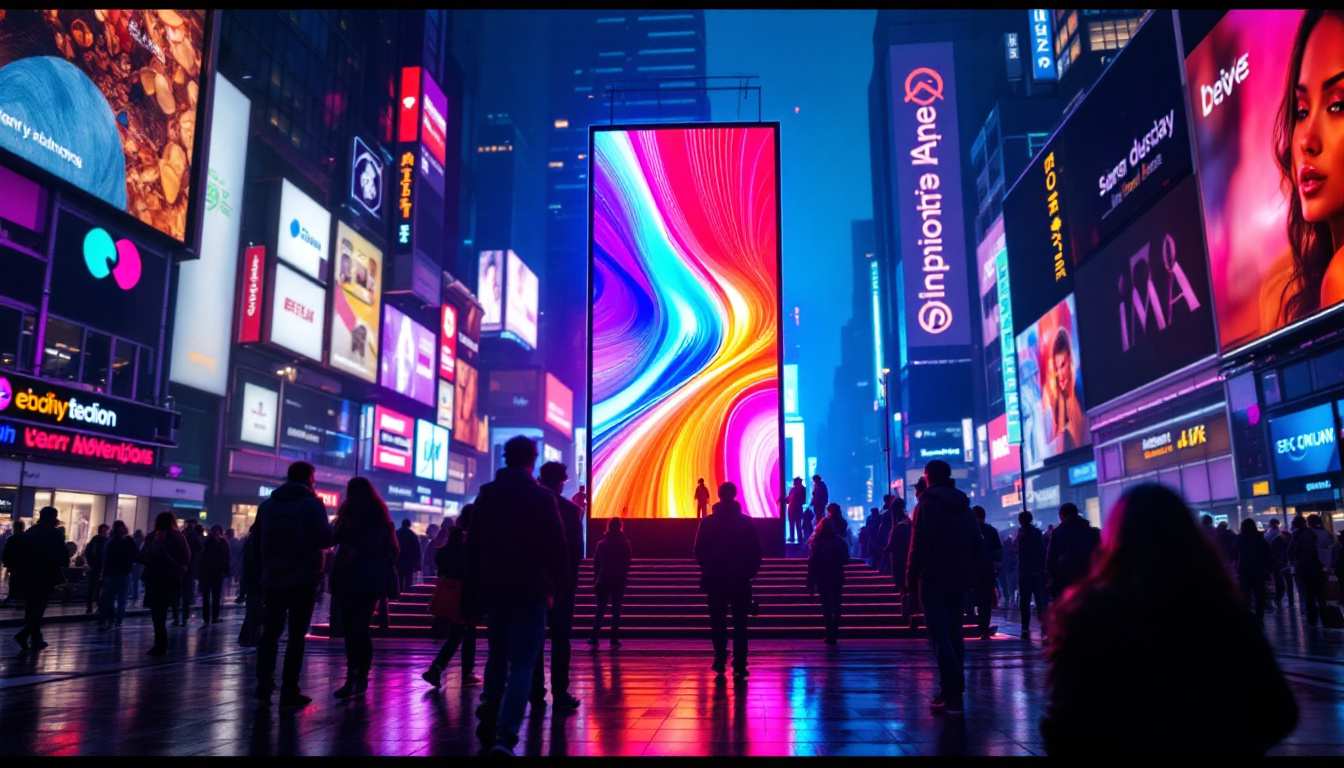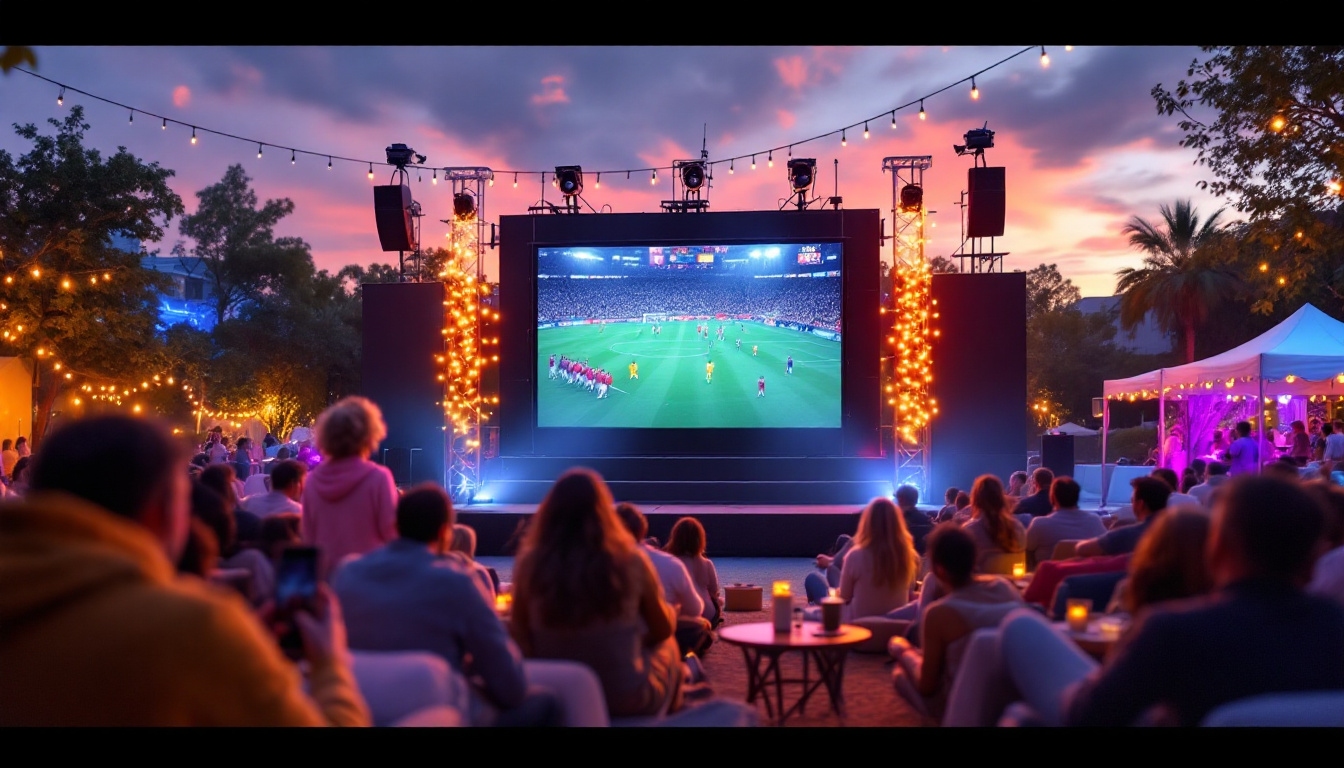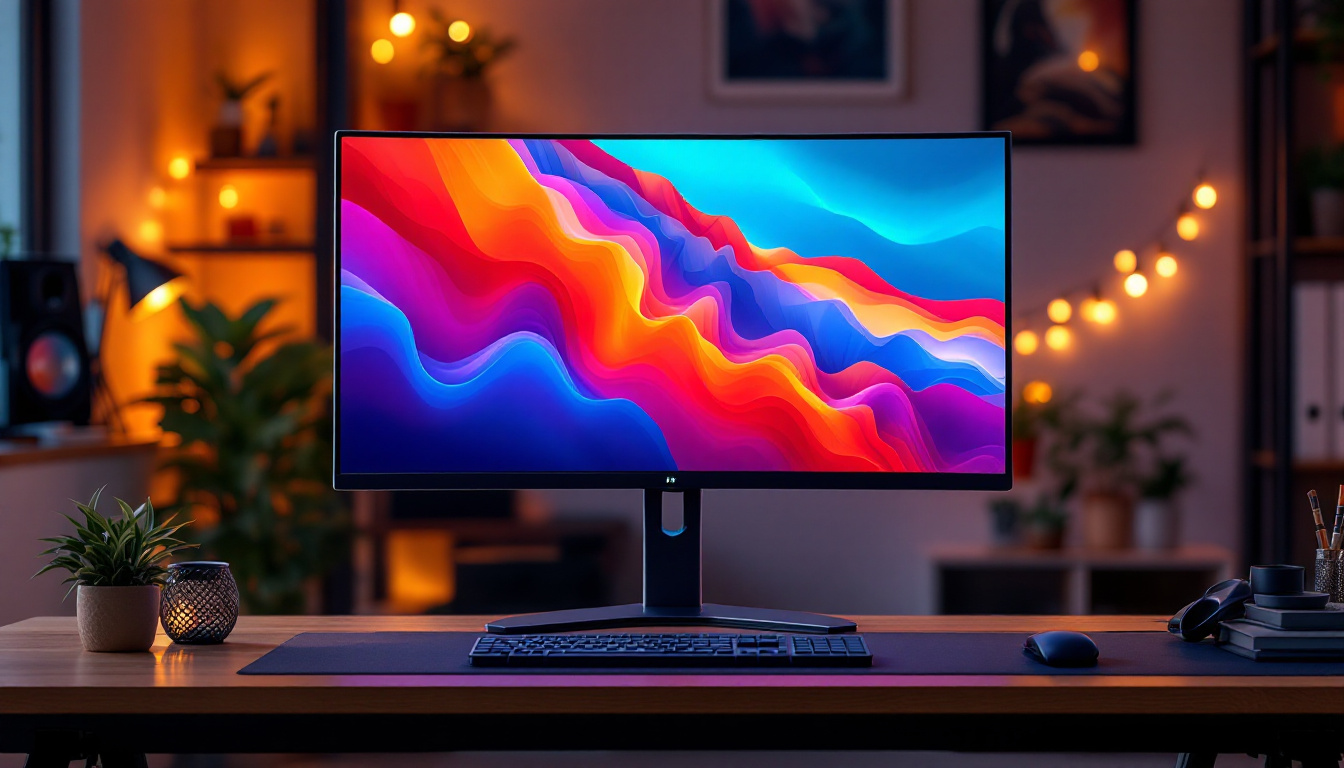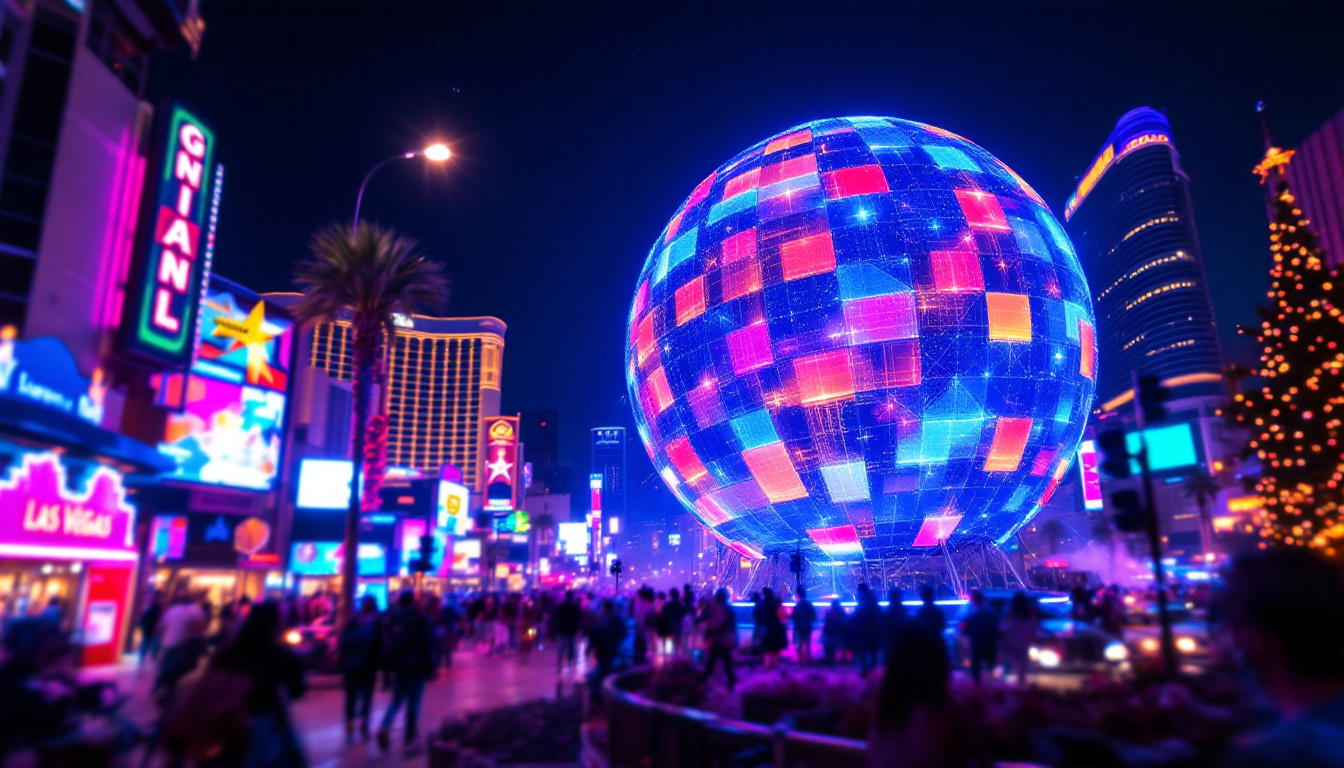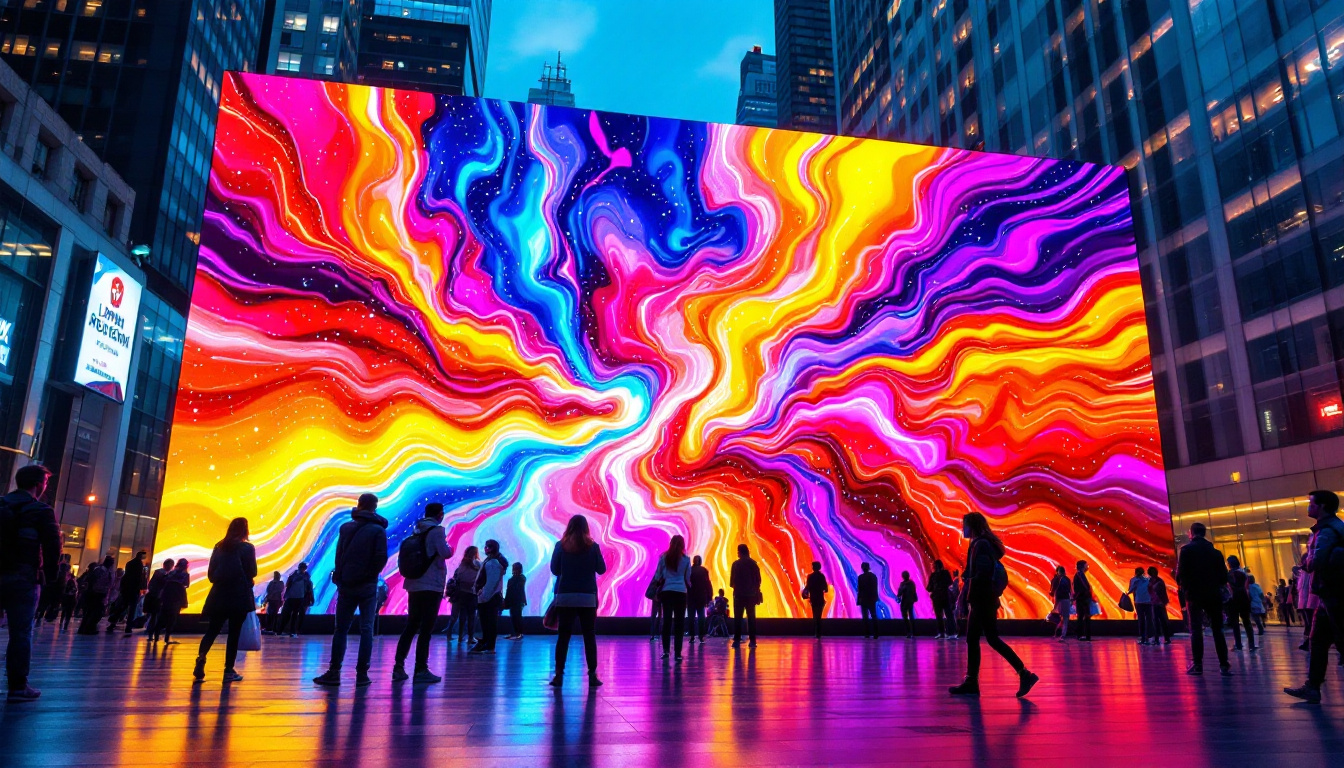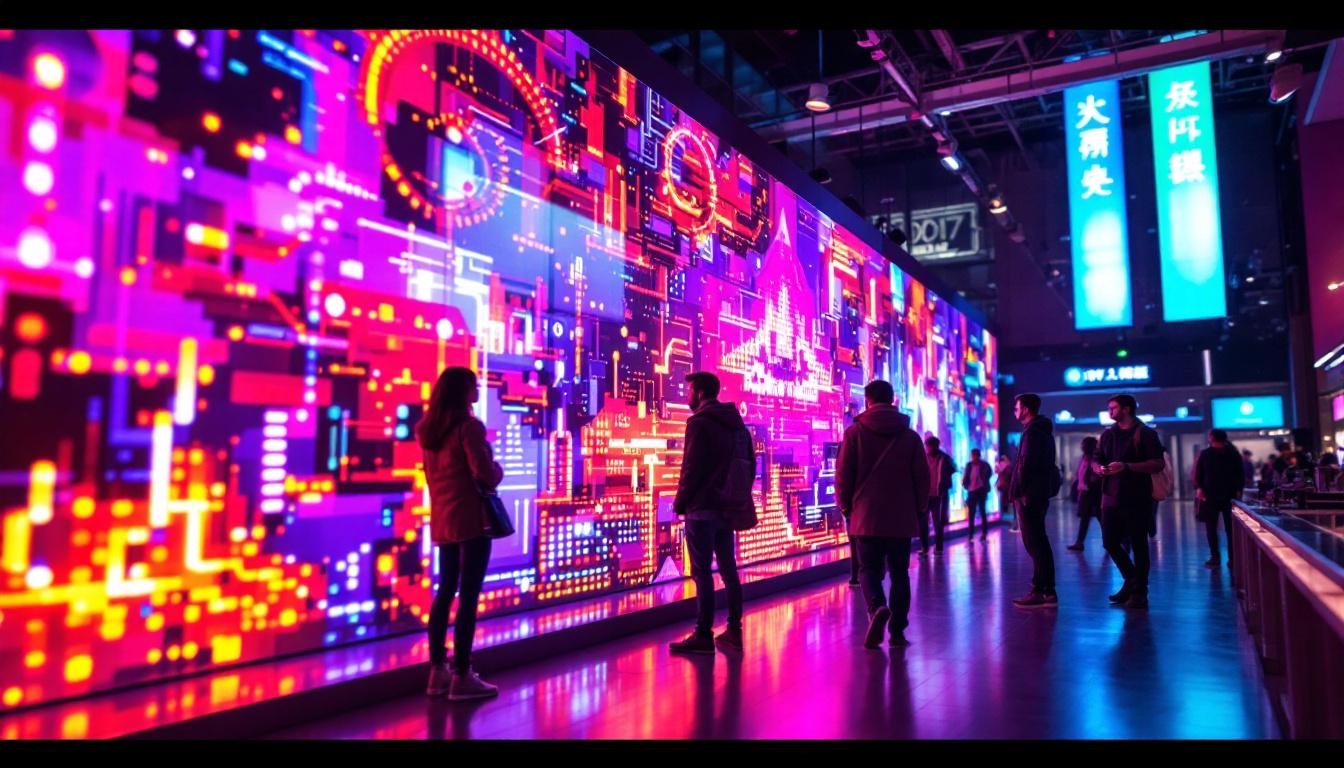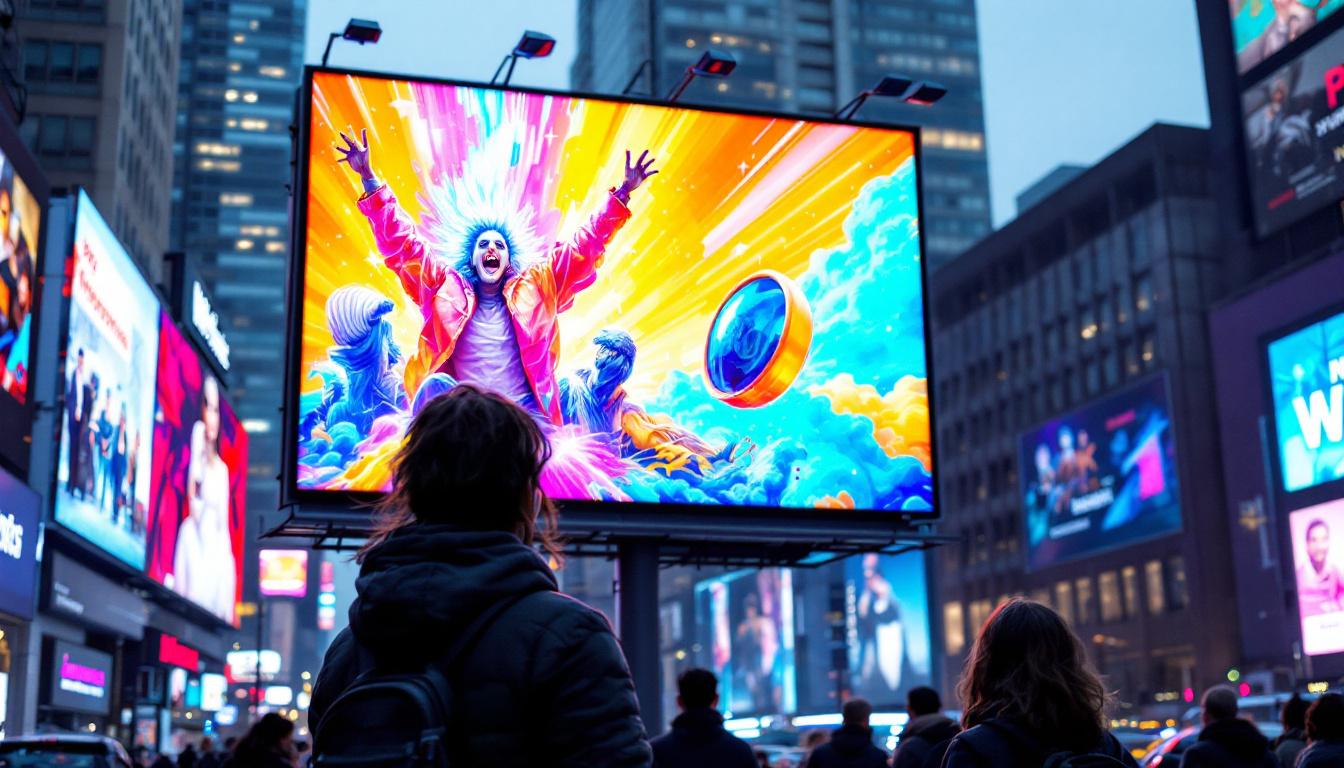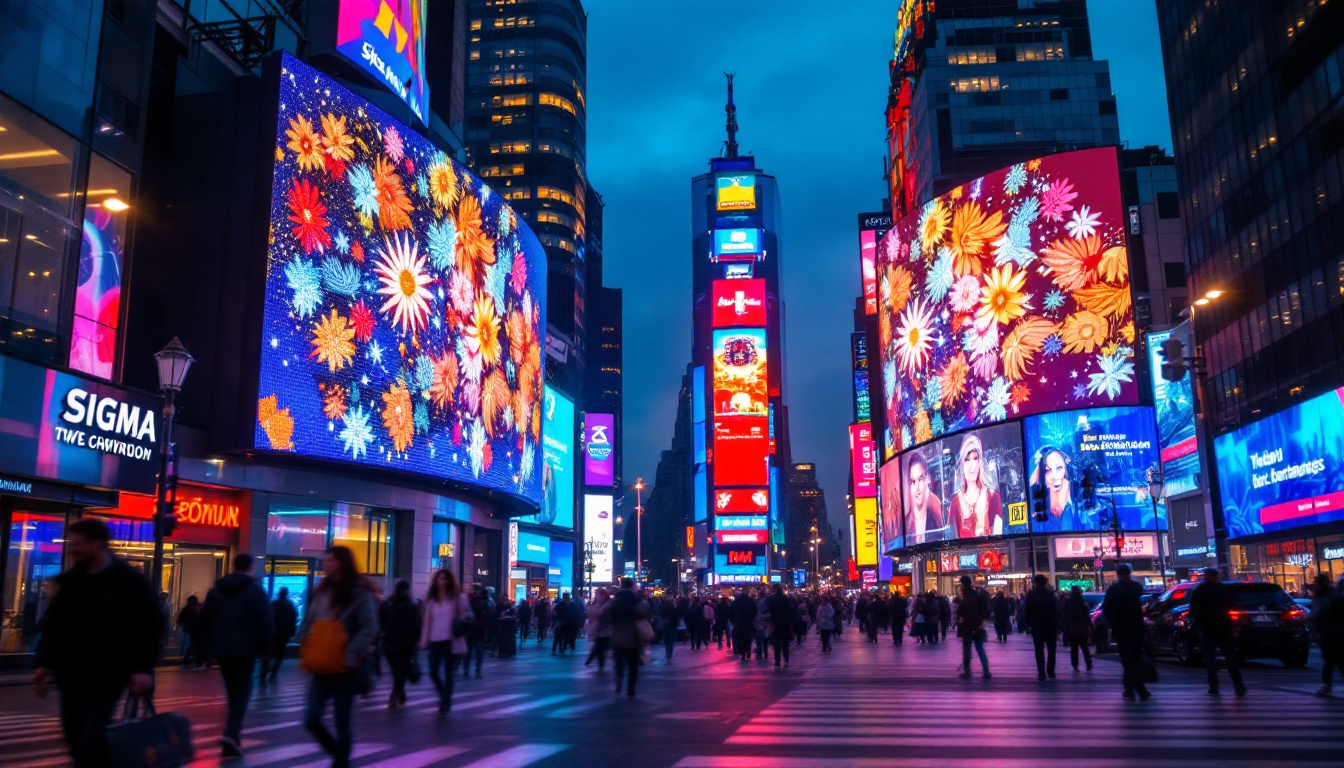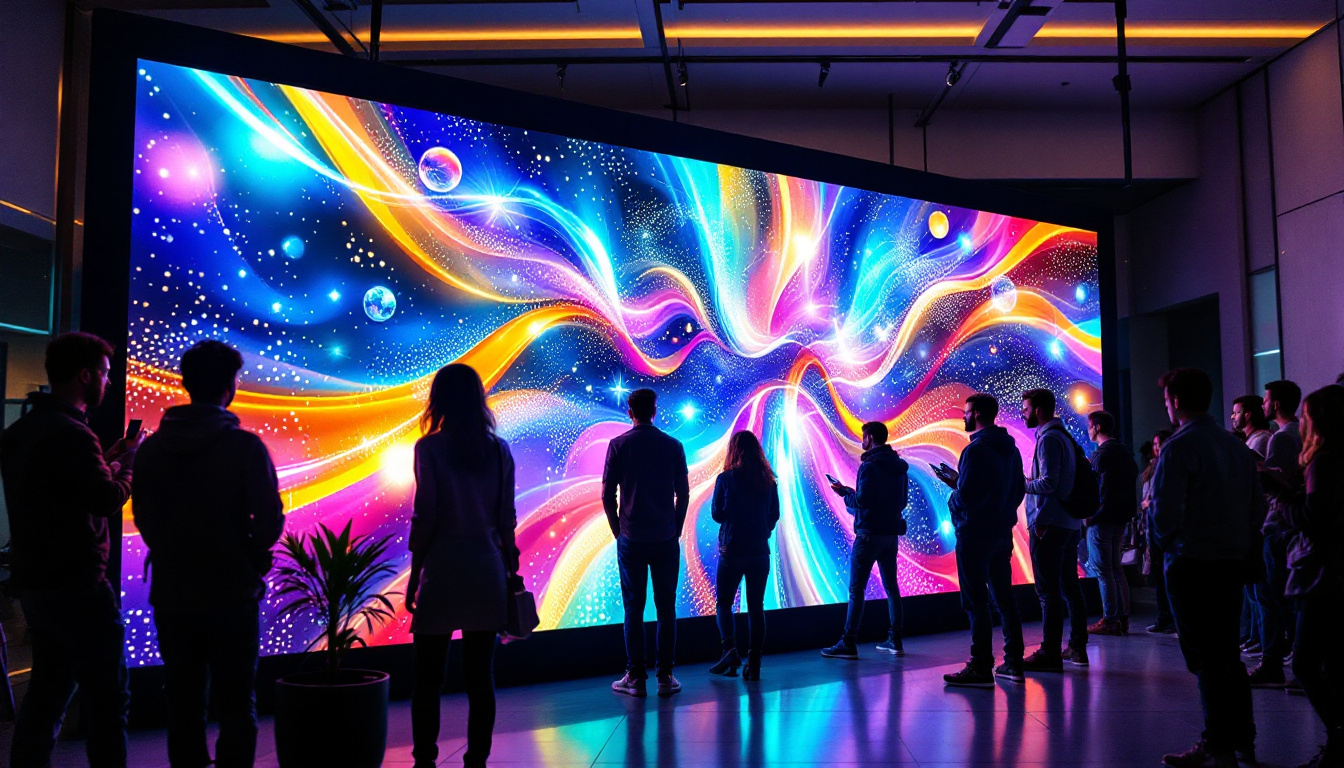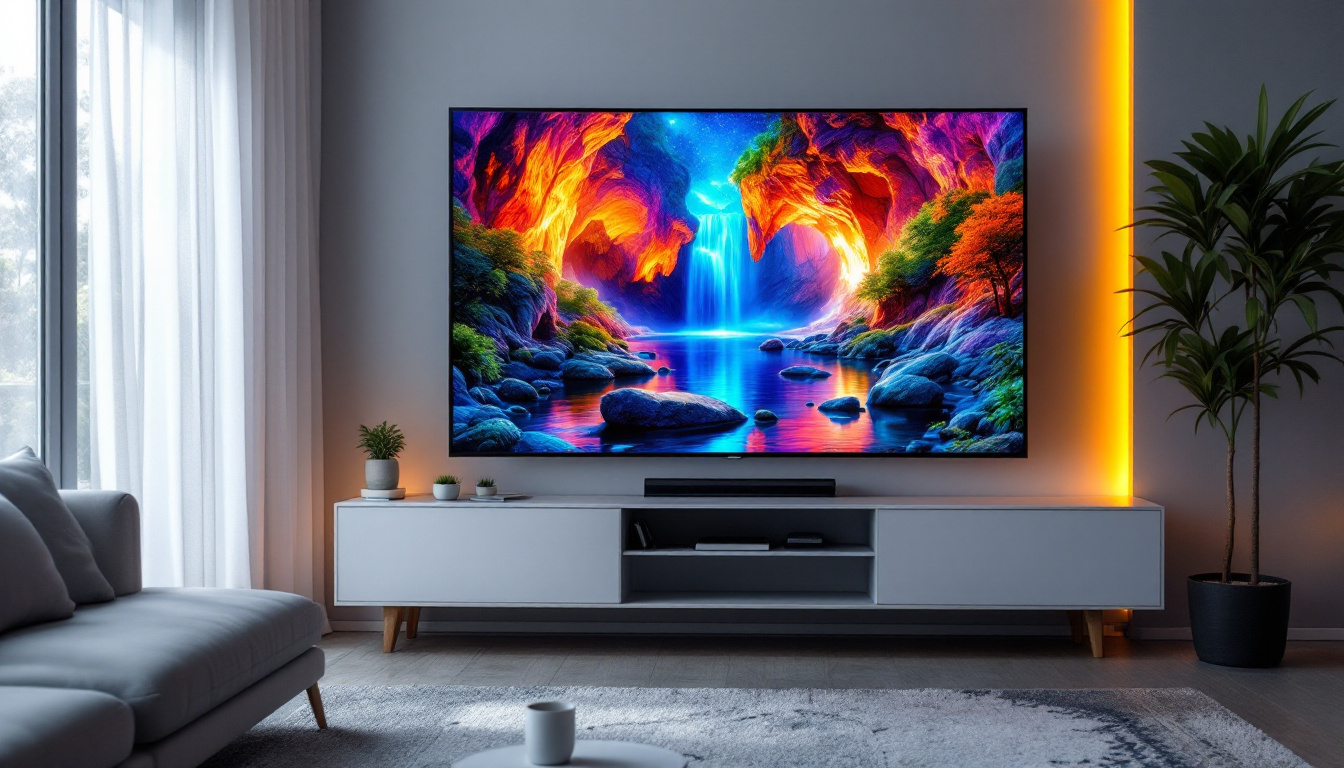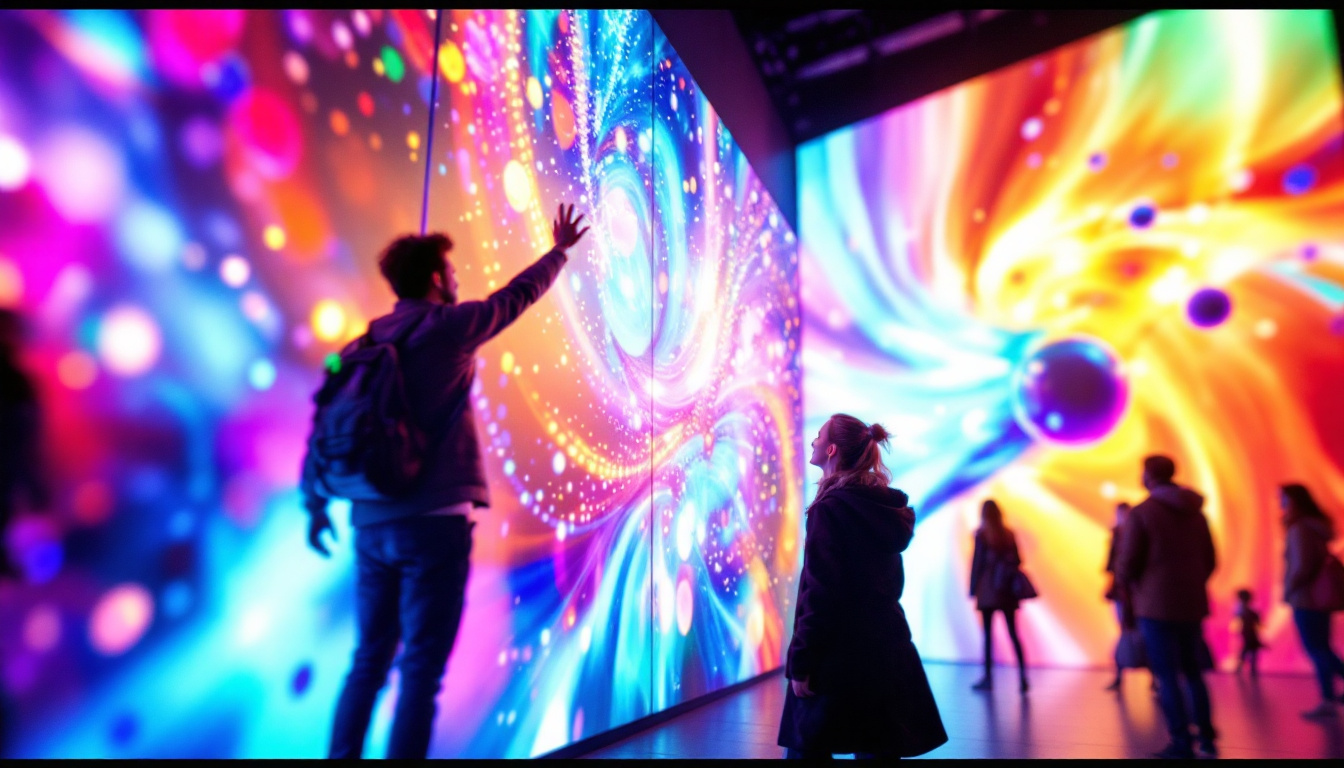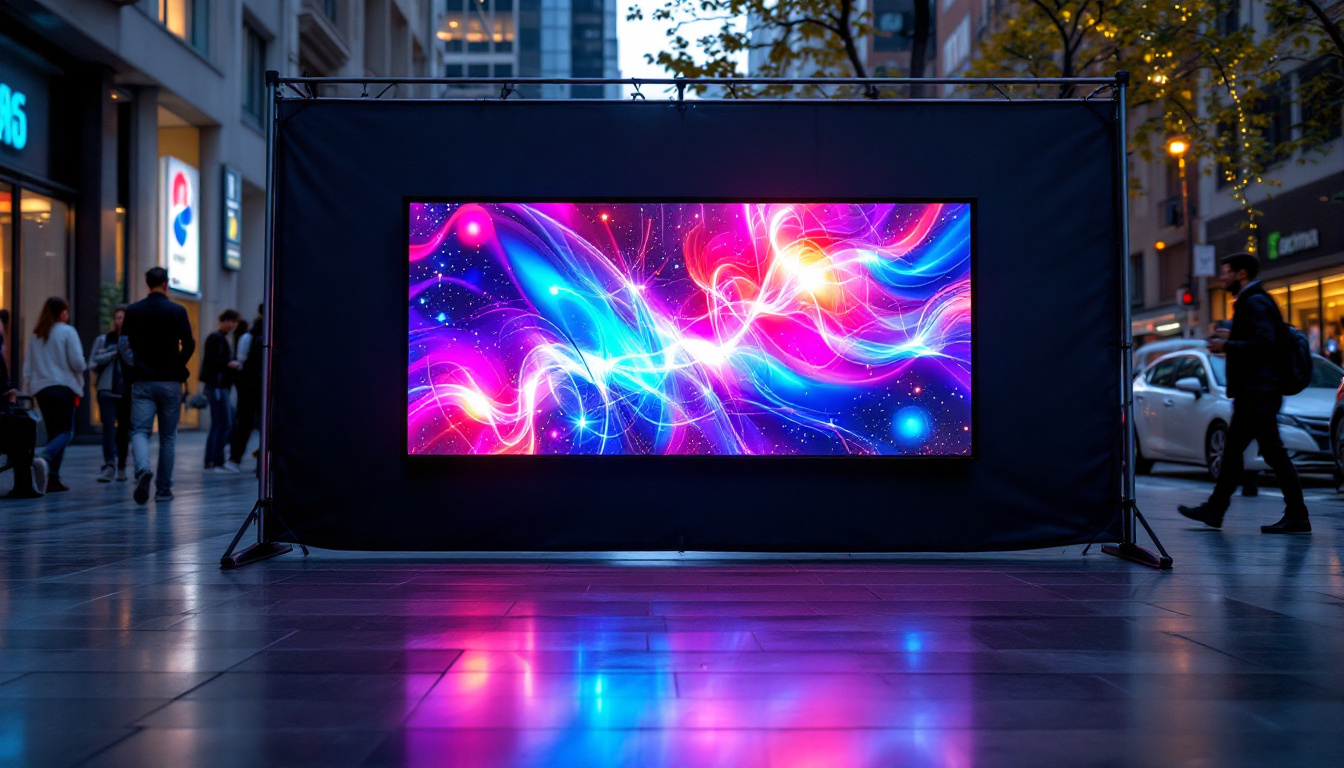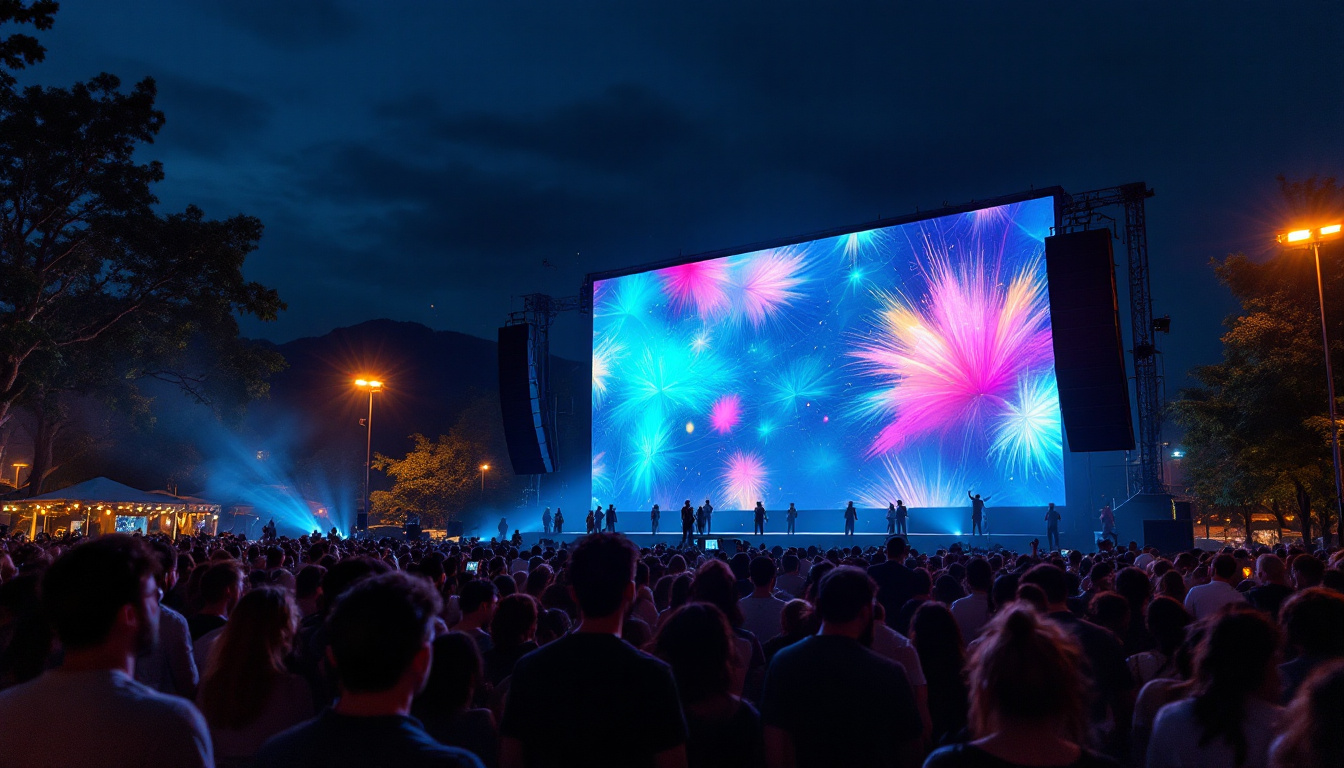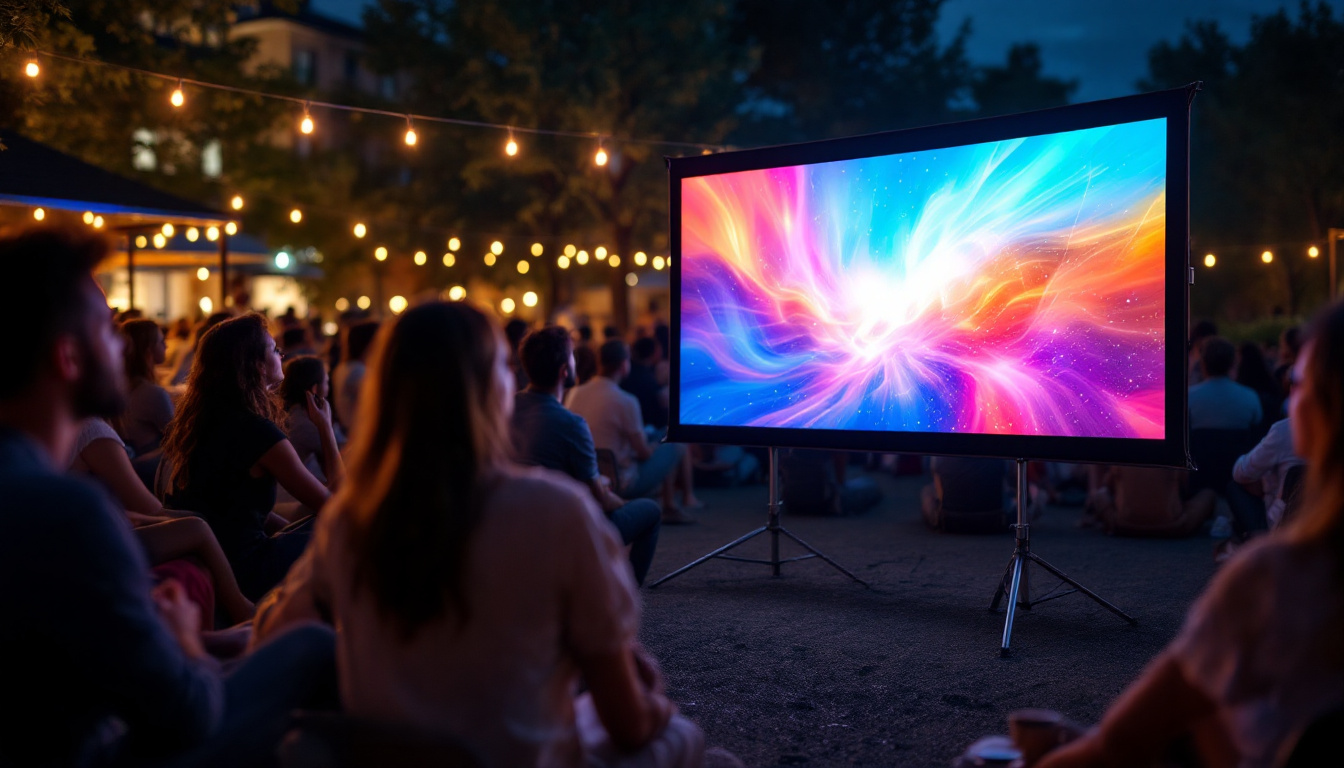In the rapidly evolving world of visual technology, LED displays have become a cornerstone for dynamic and impactful communication. Among the many applications of LED technology, screening walls stand out as a versatile and powerful medium for advertising, entertainment, and information dissemination. This article delves into the concept of screening walls, exploring the technology behind LED displays, their advantages, types, and practical applications across various industries.
Understanding Screening Walls and LED Displays
A screening wall, in the context of LED technology, refers to a large-scale digital display constructed from numerous LED modules arranged in a grid-like structure. These walls are designed to deliver high-resolution images and videos, often visible from great distances and in diverse lighting conditions. The versatility of screening walls makes them ideal for a variety of applications, including advertising, entertainment, and information dissemination in public spaces. Their ability to captivate audiences with vibrant visuals has led to their widespread adoption in stadiums, concert venues, shopping malls, and urban landscapes.
LED, or Light Emitting Diode, technology has revolutionized display systems by offering superior brightness, energy efficiency, and durability compared to traditional display technologies such as LCD or projection systems. The modular nature of LED panels allows for scalable and customizable screen sizes, making screening walls adaptable to various environments and purposes. Additionally, advancements in LED technology have led to the development of flexible displays that can be curved or shaped to fit unique architectural designs, further enhancing their aesthetic appeal and functionality.
How LED Displays Work
At the core of an LED display are tiny light-emitting diodes that produce light when an electric current passes through them. These diodes are arranged in pixels, each consisting of red, green, and blue LEDs. By varying the intensity of each color, the display can produce a full spectrum of colors. This capability allows for the reproduction of intricate graphics and videos, making LED displays an effective medium for storytelling and brand messaging. Furthermore, the rapid response time of LEDs ensures that dynamic content, such as animations and live feeds, is displayed smoothly and without lag.
The resolution and image quality of an LED screening wall depend on the pixel pitch, which is the distance between the centers of two adjacent pixels. A smaller pixel pitch means higher resolution and sharper images, which is crucial for close-up viewing scenarios. As a result, venues that require detailed visuals, such as theaters or conference rooms, often opt for displays with a finer pixel pitch. Conversely, larger pixel pitches are more suitable for outdoor environments where viewers are typically farther away, balancing cost and performance effectively.
Key Components of an LED Screening Wall
Constructing a screening wall involves several critical components:
- LED Modules: These are the building blocks of the display, containing multiple LEDs arranged in a matrix. Each module is designed to be easily replaceable, ensuring minimal downtime in case of maintenance.
- Control System: This manages the content displayed on the wall, ensuring synchronization and image quality. Advanced control systems can integrate with various media sources and allow for real-time updates, making them ideal for live events.
- Power Supply: LED walls require stable and efficient power sources to maintain consistent brightness and performance. Modern power supplies are designed to be energy-efficient, reducing operational costs and environmental impact.
- Structural Framework: A robust frame supports the LED modules, especially for large outdoor installations. This framework must be engineered to withstand environmental factors such as wind, rain, and temperature fluctuations, ensuring the longevity of the display.
In addition to these components, proper installation and calibration are essential for optimal performance. Technicians must ensure that the alignment of modules is precise to prevent visual artifacts and that the color calibration is accurate to maintain consistency across the entire display. Moreover, ongoing maintenance is crucial, as it helps to identify potential issues before they affect performance, ensuring that the screening wall continues to deliver stunning visuals for years to come.
Advantages of Using LED Screening Walls
LED screening walls offer numerous benefits that make them an attractive choice for businesses, event organizers, and public spaces.
High Brightness and Visibility
One of the standout features of LED displays is their exceptional brightness, often exceeding 5,000 nits for outdoor screens. This ensures that content remains clear and vibrant even under direct sunlight, a critical factor for outdoor advertising and public information displays.
Compared to LCD or projection screens, LED walls maintain consistent visibility regardless of ambient lighting conditions, making them ideal for both day and night use.
Energy Efficiency and Longevity
LED technology is renowned for its energy efficiency. LEDs consume significantly less power than traditional lighting and display technologies, which translates to lower operational costs over time. Additionally, LEDs have a longer lifespan, often rated between 50,000 to 100,000 hours, reducing maintenance and replacement expenses.
Flexibility and Scalability
Modularity is a key advantage of LED screening walls. Panels can be combined to create screens of virtually any size and shape, from small indoor displays to massive outdoor billboards. This flexibility allows for creative designs and tailored installations that meet specific spatial and aesthetic requirements.
Moreover, LED walls can be curved or shaped to fit architectural features, enhancing the visual impact and integration with the environment.
Superior Image Quality and Color Accuracy
LED displays provide excellent color reproduction and contrast ratios, resulting in vivid and lifelike images. The ability to display true blacks and a wide color gamut makes them suitable for high-definition video content, branding, and immersive experiences.
Types of LED Screening Walls
Understanding the different types of LED screening walls helps in selecting the right solution for particular needs and environments.
Indoor LED Screening Walls
Indoor LED walls are designed with a finer pixel pitch, typically ranging from 1.2mm to 4mm, to deliver high-resolution images suitable for close viewing distances. These are commonly used in corporate settings, retail stores, conference halls, and entertainment venues.
The controlled lighting environment indoors allows for lower brightness levels compared to outdoor screens, which helps reduce power consumption and eye strain.
Outdoor LED Screening Walls
Outdoor LED walls require higher brightness levels, weatherproofing, and robust construction to withstand environmental factors such as rain, dust, and temperature fluctuations. Pixel pitches for outdoor screens are usually larger, ranging from 4mm to 20mm, as viewing distances tend to be greater.
Typical applications include sports stadiums, transportation hubs, public squares, and large-scale advertising billboards.
Transparent LED Screens
Transparent LED screens are an innovative type of screening wall that allows light to pass through the display, making them ideal for storefront windows and glass facades. These screens combine advertising with architectural aesthetics, enabling natural light to enter while displaying dynamic content.
Though they have a lower pixel density and brightness compared to traditional LED walls, their unique transparency opens up creative possibilities for urban environments and retail marketing.
Applications of LED Screening Walls
The versatility of LED screening walls has led to widespread adoption across multiple sectors, each leveraging the technology’s strengths to enhance communication and engagement.
Advertising and Marketing
Outdoor LED screening walls have transformed the advertising landscape. Iconic locations like Times Square in New York and Piccadilly Circus in London showcase how large LED walls can captivate audiences with vibrant, dynamic advertisements. These displays enable brands to update content in real-time, tailor messages to specific audiences, and create immersive campaigns.
Indoor LED walls in retail environments also enhance customer experience by providing interactive and eye-catching promotions.
Entertainment and Events
Concerts, festivals, and sporting events frequently utilize LED screening walls to deliver live video feeds, replays, and engaging visuals that enhance the spectator experience. The scalability and brightness of LED walls make them ideal for large venues, ensuring visibility from all angles.
Furthermore, LED walls are used in stage design to create immersive environments and special effects, pushing the boundaries of creative production.
Corporate and Educational Use
In corporate settings, LED walls serve as powerful tools for presentations, video conferencing, and digital signage. Their high resolution and clarity improve communication and collaboration during meetings and conferences.
Educational institutions use LED walls for interactive learning, digital notice boards, and event broadcasting, enriching the educational environment.
Public Information and Transportation
LED screening walls are increasingly deployed in public spaces such as airports, train stations, and bus terminals to provide real-time information, wayfinding, and emergency alerts. Their visibility and reliability make them essential for effective public communication.
Choosing the Right LED Screening Wall
Selecting an appropriate LED screening wall involves considering several factors to ensure the display meets the intended purpose and environment.
Pixel Pitch and Resolution
The pixel pitch should correspond to the typical viewing distance. For close-up viewing, such as indoor retail or control rooms, a smaller pixel pitch is necessary to maintain image clarity. For large outdoor installations viewed from afar, a larger pixel pitch is acceptable and more cost-effective.
Brightness and Contrast Requirements
Outdoor screens require higher brightness levels to compete with sunlight, whereas indoor screens can operate at lower brightness to avoid glare. Contrast ratio is also important for image depth and color vibrancy.
Environmental Considerations
For outdoor installations, weather resistance, temperature tolerance, and dust protection are critical. Screens should have appropriate IP ratings (Ingress Protection) to ensure durability.
Content Management and Connectivity
Modern LED walls often come with sophisticated content management systems that allow remote updates, scheduling, and multi-source input. Ensuring compatibility with existing infrastructure and ease of use is vital for operational efficiency.
Budget and Maintenance
While LED screening walls can represent a significant investment, considering total cost of ownership—including installation, energy consumption, and maintenance—is essential. Opting for high-quality components and reputable manufacturers can reduce long-term costs and downtime.
Future Trends in LED Screening Walls
The LED display industry continues to innovate, with emerging trends shaping the future of screening walls.
MicroLED Technology
MicroLEDs offer even smaller pixel pitches and improved brightness and energy efficiency. This technology promises ultra-high-definition displays with better color accuracy and longer lifespans, potentially revolutionizing both indoor and outdoor LED walls.
Flexible and Curved Displays
Advancements in flexible LED panels enable more creative and organic screen shapes, allowing integration into complex architectural designs and wearable technology.
Integration with AI and IoT
Smart LED walls equipped with AI can adapt content based on audience demographics, weather conditions, or time of day. Integration with Internet of Things (IoT) devices enables interactive and context-aware displays, enhancing user engagement.
Conclusion
Screening walls utilizing LED display technology represent a dynamic and effective medium for visual communication across a broad spectrum of applications. Their brightness, flexibility, and image quality make them indispensable tools for advertising, entertainment, corporate communication, and public information.
Understanding the technical aspects, advantages, and application contexts of LED screening walls empowers businesses and organizations to harness their full potential. As technology advances, these displays will continue to evolve, offering increasingly immersive and impactful visual experiences.
Discover LumenMatrix LED Display Solutions
Ready to elevate your visual communication with the latest in LED display technology? Look no further than LumenMatrix. As a trailblazer in the industry, we offer a wide array of LED display solutions, from the immersive Indoor LED Wall Display to the robust Outdoor LED Wall Display, and from the versatile Vehicle LED Display to the innovative LED Transparent Display. Our mission is to transform your visual storytelling with displays that not only capture attention but also deliver your message with unparalleled clarity and impact. Check out LumenMatrix LED Display Solutions today and see how we can help you create a lasting impression in the world of visual engagement.

